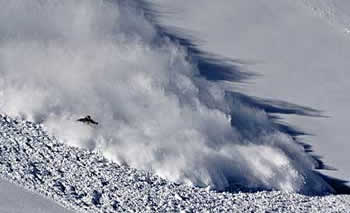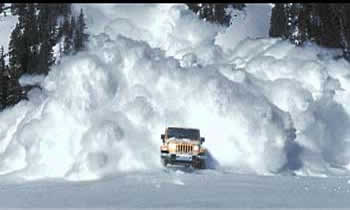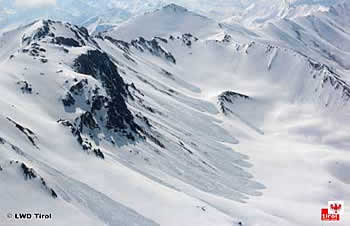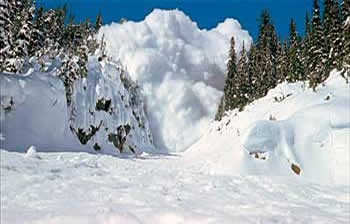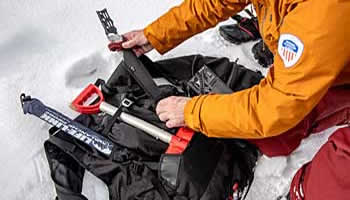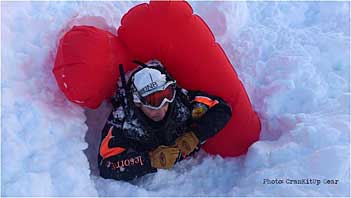
JANUARY/FEBRUARY 2023, OUR 27TH YEAR
AVALANCHE DANGER: HOW TO AVOID GETTING CAUGHT |
||
Story by Lynn Rosen, photos as attributed |
With winter storms blizzarding across the country, many are enduring challenges and damges. At the same time, more and more adventurers are tempted to play outside and enjoy sledding, skiing, boarding, snow mobiling and other cold-weather fun activities. However, when strong winds blow and temperatures threaten to warm, bringing heavy snow and even rain to the mountains and backcountry, conditions can quickly turn into those of extreme avalanche danger. Here are some tips you can use to avoid getting caught.
It may look like a blue-sky, sunshine day, but plan ahead! Before you venture out, check conditions with local avalanche centers for snowpack conditions. The National Weather Service and the Northwest Avalanche Center are excellent forecast sources for the Pacific Northwest and the Cascades, which are all prone to steep slopes and heavy snowfall that create perfect conditions for avalanches.
What exactly are avalanches, what causes them, and how can you best avoid them? Avalanches are sudden flows of snow down steep mountain sides. Unfortunately, 90% of them are triggered by those who become their victims. The best way to avoid triggering an avalanche is to know how to recognize the warning signs of unstable snow - an indicator of a potential slide - and steer clear.
The most obvious sign to recognize is evidence of previous avalanches … don't travel beneath these flows. Other signs include cracks forming in the snow around your feet or skis … or the ground feeling/sounding hollow under your feet. A layer of heavy snow on top of a layer of hard-pack or icy snow coupled with warming temperatures contribute to increased avalanche danger as well. To minimize the risk of a serious or fatal accident for any of you entering the backcountry, always travel with at least one other partner.
Tools and safety equipment carried by all serious backcountry enthusiasts include an avalanche probe and transceiver to help locate the victim, and a shovel and sometimes a saw for rescuing those submerged under the snow. Some wear an airbag contained in a backpack that inflates when the cord or handle is pulled. Take these tools as well as the 10 Essentials with you. These are survival items that everyone should have in the backcountry. A few statistics to bring home the importance of being prepared: If you are buried, you have a 90% survival rate if rescued with in 15 minutes. That rate drops with time. Death is only one possible risk. Although data is sketchy as to numbers and severity of damage, many people survive but are injured in roaring avalanches. In order to know how to safely and effectively use all your tools, it's a good idea to take a field-based avalanche class that will help you identify avalanche terrain so you can avoid danger in the first place. Northwest Avalanche Center offers a Backcountry Basics class along with many others. Check their web site. About the Author
|


